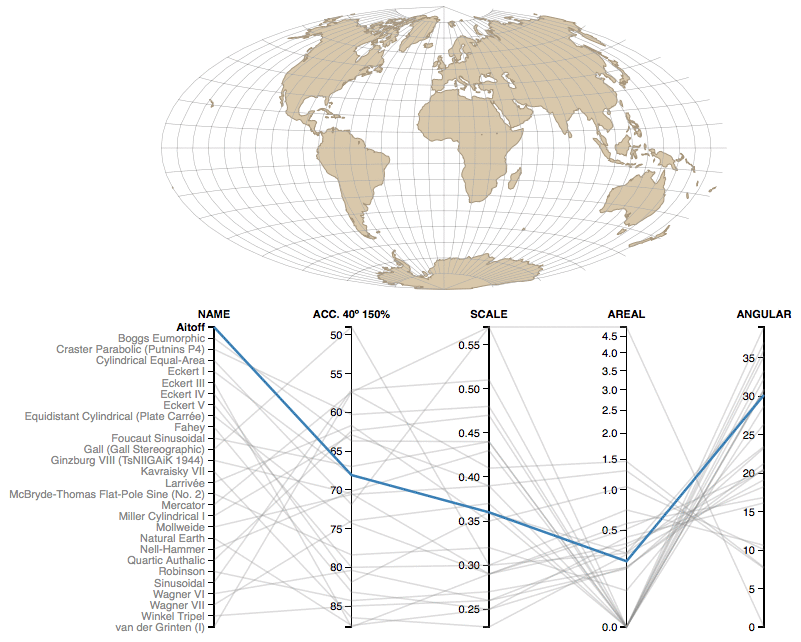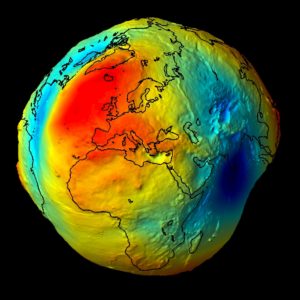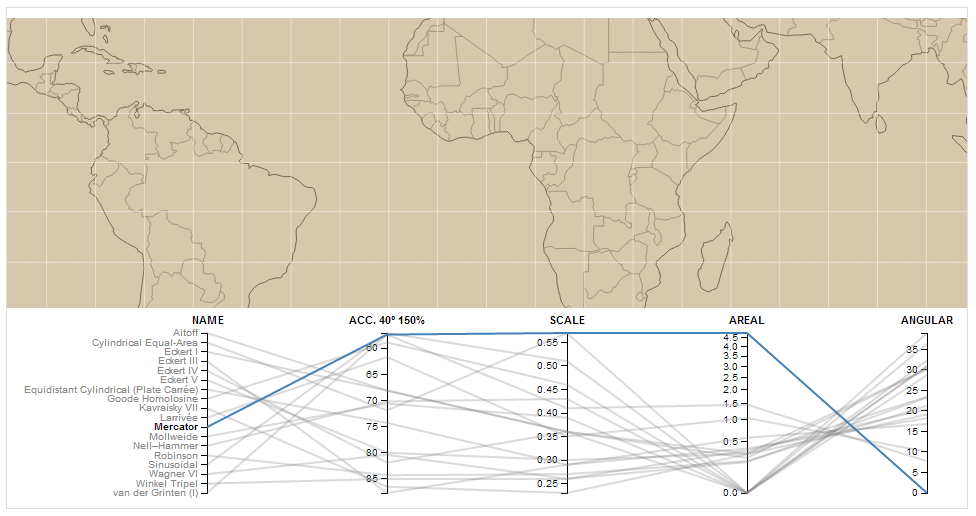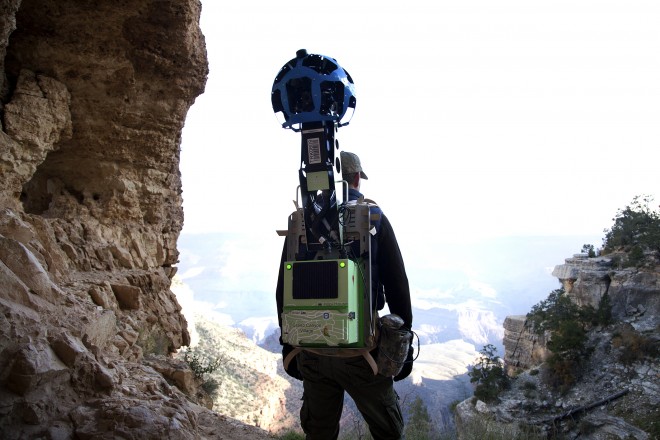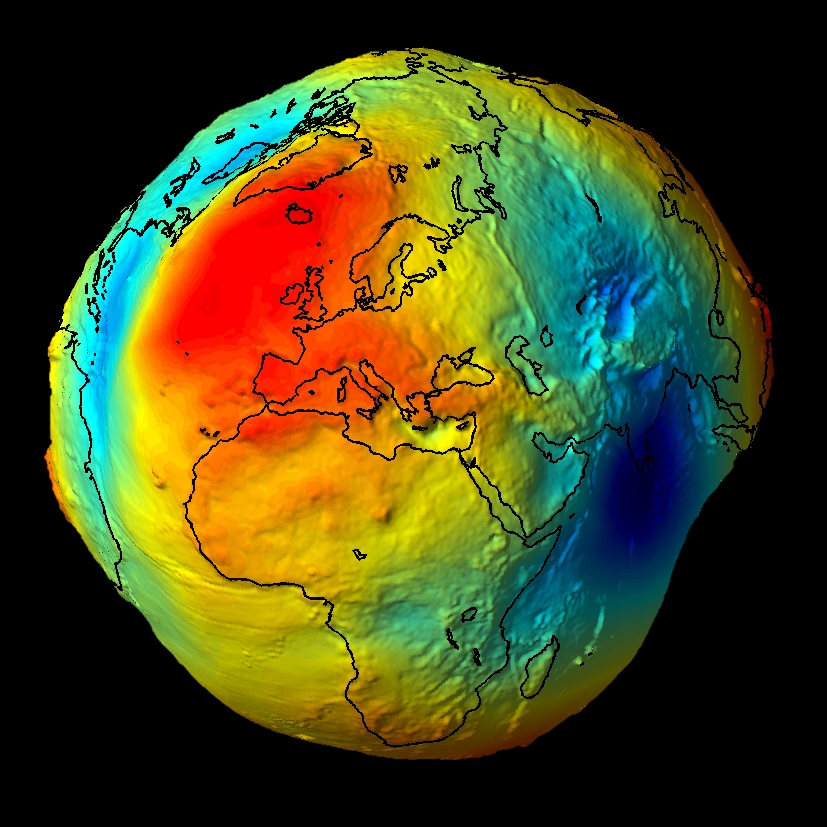
All Map Projections Compared And Visualized
Life of cartographer is not easy… How to map phenomena on the Earth which are 3 dimensional (and often dynamic – 4D) on the flat surface of a map? If you would like to have the most accurate map ever you would have to carry with you 3D-printed ‘geoid’ which is best-known model of the Earth based on pure gravity at perfect zero sea level… and it looks like a potato…
But if you want to show it on a flat map you need a map projection, which will determine how to transform and distort latitudes and longitudes to preserve some of the map properties: area, shape, distance, direction or bearing. And this is much more important than we might think. For example, sailors use Mercator projection where meridians and parallels cross each other always at the same 90 degrees angle. It allows to easy locate your self on the line showing direction in which you sail (loxodrome is a line crossing all meridians of longitude at the same angle), but the projection do not preserve the distances, so you know you are in the right direction but you don’t know how much time will it take you to get to your destination… It is said that many of great geographic discoveries from XV and XVI century happened accidentally because of that fact.
Ok…as a cartographer I could talk about it for ages but lets get back to Earth… ;). Map projects can be as well a nightmare, as they are in fact extremely complex mathematical transformations. Now there is web tool to visually compare properties of all major projections. Check this out:
Mercator projection
You can easily say that it’s a conformal projection (preserving the angles) as angular deformation index is zero.
Sinusoidal projection
In the case of sinusoidal projection you see that it’s an equal-area projection as areal distortion index is zero.
The tool requires just a few comments as parameters are not well described on the website. Here is what these distortion indexes actually mean:
- Acc. 40° 150% – The Acceptance index is a numerical measure that summarizes overall projection distortion, in this case with a maximum angular distortion of 40° and areal distortion of up to 150%.
- Scale – The weighted mean error for overall scale distortion.
- Areal – The weighted mean error for areal distortion.
- Angular – The mean angular deformation index.
Have fun!
